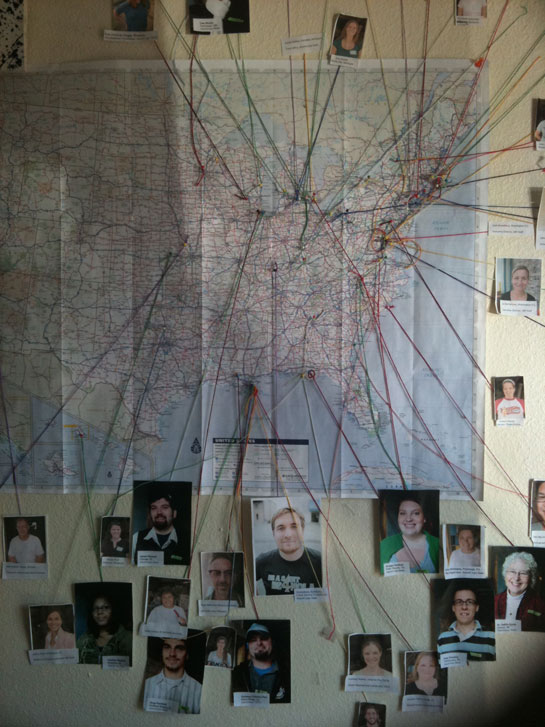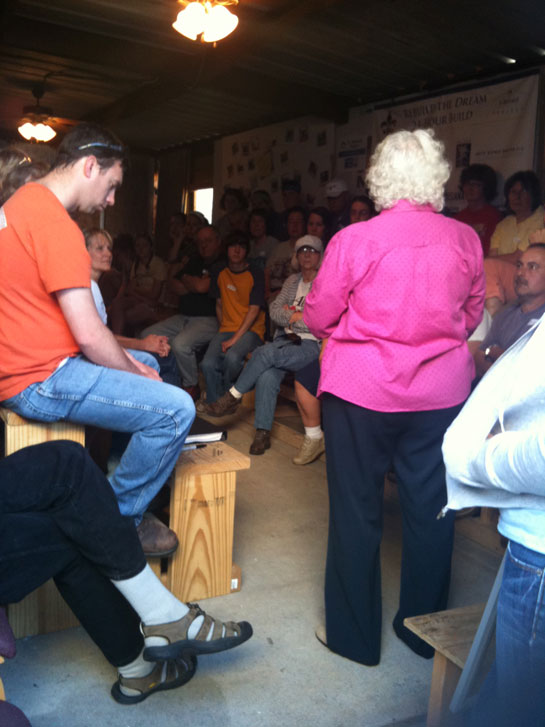Android is best without Bumps
VentureBeat: Google acquires BumpTop: Will Android get a 3D facelift?:
What’s Google going to do with BumpTop? The search giant hasn’t said anything about the deal yet, either on the main Google blog or in response to VentureBeat’s email requesting comment. The most likely area seems to be its Android operating system for smartphones and (eventually) other devices, such as tablet computers. Some of these ideas and technologies might give the Android interface a leg up over Apple’s iPad and iPhone. Google is also developing the Chrome operating system for netbooks, but BumpTop seems less relevant there, since the Chrome OS is all about the web browser.
I reacted to BumpTop in ‘07 and ‘09 and now that Google has bought them, I’ll respond again.
First off, I still feel the same way now as I did in my last two posts on BumpTop. In short, I still feel they’ve taken the desktop metaphor too much in the direction of a real-life desktop as to render it useless. It suffers from not enough abstraction.
To err is human, and it’s the computer’s responsibility to reduce human err[or]s.
John Gruber made a great analogy:
Used to be that to drive a car, you, the driver, needed to operate a clutch pedal and gear shifter and manually change gears for the transmission as you accelerated and decelerated. Then came the automatic transmission. With an automatic, the transmission is entirely abstracted away. The clutch is gone. To go faster, you just press harder on the gas pedal.
and:
That’s where Apple is taking computing. A car with an automatic transmission still shifts gears; the driver just doesn’t need to know about it. A computer running iPhone OS still has a hierarchical file system; the user just never sees it.
In addition to a lack of abstraction, the desktop metaphor doesn’t have any relevancy in the mobile space. The desktop metaphor bridged the gap between the pre- and post-computers worlds when Xerox debuted their Star workstation in 1981. Apple would subsequently co-opt that idea and build on it with their operating system for the Lisa.
We still have folders, files and and trash icons in the mobile space but we’re entering a world where what you call the space where all these icons live matters less and less. The iPhone has “home screens” and the upcoming Windows Phone 7 and Palm webOS both use “tiles”.
Unless Google makes significant changes and simplications to BumpTop I see it’s implementation in Chrome OS and/or Android and a FAIL from the start.








